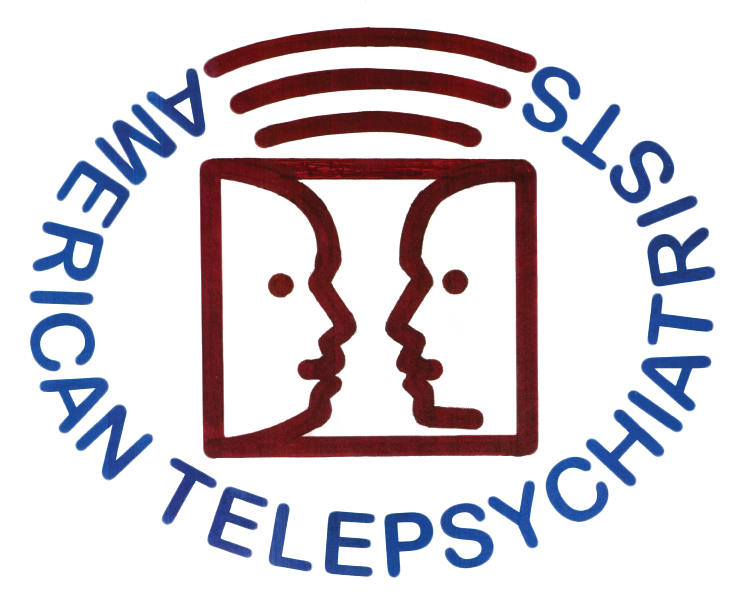MODEL TWO: ONE TIME "REBOOT" PROFESSIONAL CONSULTATION SERVICE TO REPAIR THE SYSTEM
Many County Mental Health Agencies have succumbed to "systemic apathy" over the years. It starts small, making almost imperceptible in-roads that may go undetected for years. It quietly spreads throughout your building eating away at productivity, morale, ethics, effectiveness and every other aspect of your agency’s existence. Predictably, in for-profit companies, the end result is the death of the company. In non-profit government agencies, it can stay in perpetual motion. When your product is the mental health of your patients, they are the ones who suffer most. We challenge you to randomly review 25 patient charts, and we are certain you will find at least half of the following problems:
1. Patients have multiple contradictory diagnoses.
2. Patients are misdiagnosed (often for years).
3. Patients are on medications that are not designed to treat their primary problems or symptoms.
4. Patients are on high-dose benzodiazepines.
5. Patients are on multiple medications of the same class (i.e., two or more antipsychotic medications).
6. Patients are on medications that are contraindicated to be used together.
7. Patients who primarily have substance abuse issues are diagnosed with bipolar disorder or schizophrenia (and thus are not receiving appropriate treatment for their primary issue).
8. Your patient population is filled with patients who could easily go back to primary care for ongoing treatment.
9. Your ongoing supply of new patients is filled with people seeking disability rather that successful treatment of true chronic mental illness (i.e., they have no desire to ever "get better").
We can do full reassessments and make recommendations based on our years of experience in multiple different county mental health facilities in multiple states. Using your EMR and IT team to identify your heavy utilizers, your high-cost utilizers, your patients with contradictory diagnoses, your patients on polypharmacy, your patients with frequent substance abuse issues, and your patients on minimal medication who demonstrate stability over time.
Then we focus on evaluating that identified population in order to:
Discern the actual primary diagnosis.
Make sure the treatment is focused on a patient's actual diagnosis and symptom set.
Greatly reduce polypharmacy and do it safely over time.
Greatly reduce the inappropriate use of benzodiazepines and sedative hypnotic medications.
Identify the patients who primarily have substance abuse diagnoses from those who have true chronic mental illness.
Identify patients who can be referred back to primary care for medication management.
Once we do this with the identified sub-section of your patient population, then your "in-house" doctors can be free to focus on follow-up care that is evidence based, pinpointed on actual symptoms, designed to achieve prevention of relapse, and with a primary goal of getting people better so they can return to the workforce, enjoy their family, and be contributing members of society.
